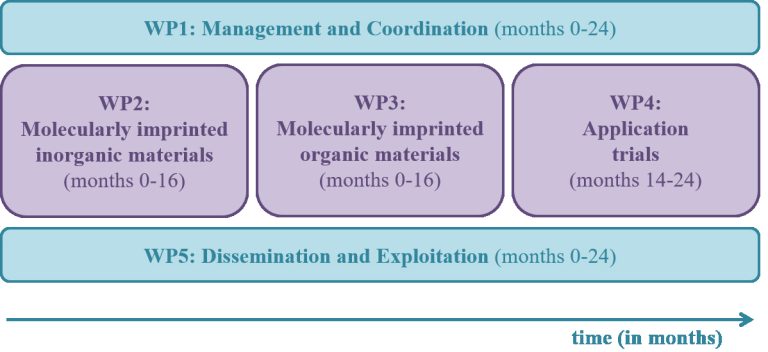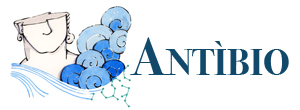Motivation
Every 45 seconds around the world, a person dies from antibiotic-resistant infection. The United Nations (UN) has sounded the alarm: antibiotic resistance is a global health priority. The resistance mechanisms developed by the bacteria originate from the excessive use of antibiotics in medical care and intensive animal farming. Antibiotics are not completely metabolized, and a percentage ranging from 30% to 90% is excreted unchanged, thus ending up in the wastewater system. The water bodies, consequently, become real reservoirs of antibiotics, favoring the mechanism of the resistance to antibiotics. The European Commission (EC) has defined a list of substances, including some antibiotics, to be monitored in the field of EU water policy. Within this list there are the most common antibiotics: amoxicillin, ciprofloxacin, and azithromycin (the latter, today used to counteract the complications of Covid-19). The traditional water treatment systems partially degrade or even leave the antibiotics unchanged. Therefore, new strategies that are efficient, selective, and cost-effective to prevent the spread of antibiotics by removing them from wastewater need to be developed.
Solution
The main objective of the ANTÌBIO project is face the water pollution from antibiotics, exploiting several peculiar concepts combined in a single innovative solution.
Nanomaterials
High surface/volume ratio, which leads to a high surface reactivity.
Photocatalysis:
Effective in fully degrading organic compounds in water, but low selectivity.
Molecular imprinted inorganic and organic materials:
Able to compensate for the poor selectivity of photocatalytic nanomaterials thanks to their high performance.
Magnetic powders:
Used as support for the photoactive nanomaterials will allow an easy removal form water by applying an external magnetic field.
Work Program
The project will last 24 months. The action is structured in 5 Work Packages (WPs): WP1-Management and Coordination, WP2-Molecularly imprinted inorganic materials, WP3-Molecularly imprinted organic materials, WP4-Application trials, and WP5-Dissemination and Exploitation. The layout of the work-plan is described in the scheme below

WP1: Management and Coordination
Responsible: Giuliana Impellizzeri (IMM-CNR)
Duration: 24 months (0-24)
The focus of this WP is to manage the overall progress of the action, with particular regard to the financial, administrative and scientific management. The Principal Investigator (PI), also responsible of this WP, will oversee the coordination of the project and, assisted by the leaders of the others WPs will supervise, monitor and ensure that all partners will work efficiently and with enthusiasm, respecting the project deadline. The PI will follow the progress of the action, adopting possible changes and corresponding reorganization of the work necessary for the success of the project.
WP2: Molecularly imprinted inorganic materials
Responsible: Maria Cantarella (IMM-CNR)
Duration: 16 months (0-16)
This WP is focused on the synthesis, characterization, and test of magnetic molecularly imprinted (MI) inorganic photocatalysts able in degrading preferentially antibiotics from water. The main goal of this work package is the realization of MI inorganic nanopowders and their successive test in real environment (real wastewater samples provided by ARPA and Medivis). The potential environmental risks associated with the synthetized nanomaterials will be investigated by NICPB’s Laboratory of Environmental Toxicology. Based on the results in full, the best performing system will be identified.
WP3: Molecularly imprinted organic materials
Responsible: Sabrina C. Carroccio (IPCB-CNR)
Duration: 16 months (0-16)
This WP is aimed to the realization of MI polymeric coatings for magnetic nanoparticles containing photosensitizer units. Cryo-polymerization methods will be also exploited to realize imprinted systems with fast diffusion pathways, high adsorption capacities, superior photocatalytic aptitude, and selectivity properties versus the target antibiotics. Another goal of this WP is the evaluation of the performances of the formulated materials in adsorbing and removing the selected pollutants. Furthermore, the degradation pathways, due to the photocatalysis, of target molecules will be assessed. The NICPB group will perform the ecotoxicological tests on the investigated polymeric nanomaterials. The best performing hybrid material will be settled.
WP4: Application trials
Responsible: Gianni Pezzotti Escobar (IMM-CNR)
Duration: 10 months (14-24)
The objective of this WP is the exploitation of the scientific results thought the design, construction, and test of a lab-scale demonstrator, capable of removing the selected antibiotics from wastewater. The best performing material, in terms of efficiency in antibiotics’ degradation and stability (because of WP2 and WP3 results) will be produced in higher quantity as active component of the demonstrator. Synthetic water, composed of deionized water contaminated with the selected antibiotics, will be used at first, and then real wastewater (from pharmaceutical industry) will be employed.
WP5: Dissemination and Exploitation
Responsible: Andrea A. Scamporrino (IPCB-CNR)
Duration: 24 months (0-24)
The objectives of this WP are the dissemination and enhancement of the scientific results. Several actions are planned (creation of the logo and the website, use of social media, realization of a Kahoot! quiz, publication of an editorial and scientific papers, participation and organization of conferences) so to reach both professionals and the general public. An important part of the WP will be focused on the exploitation of the project results, through one-day meeting with Italian SMEs/Industries, and the realization of a patent.

